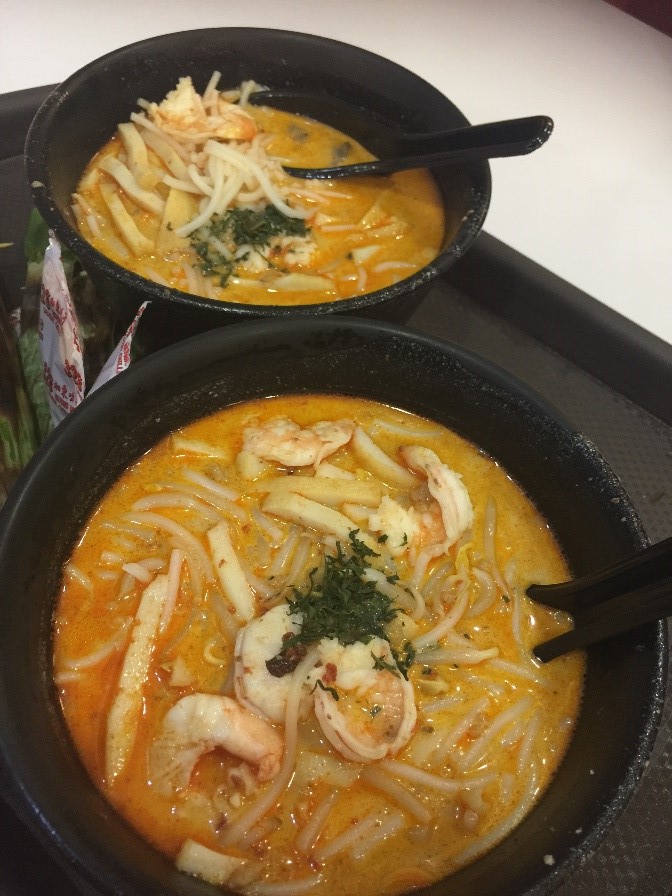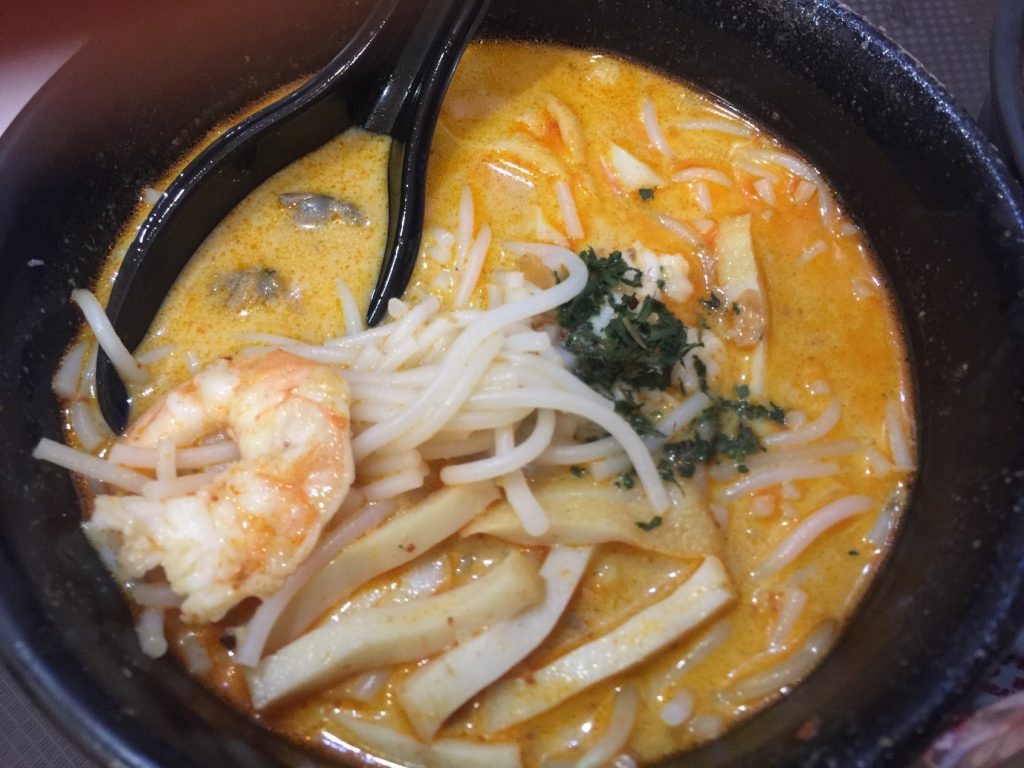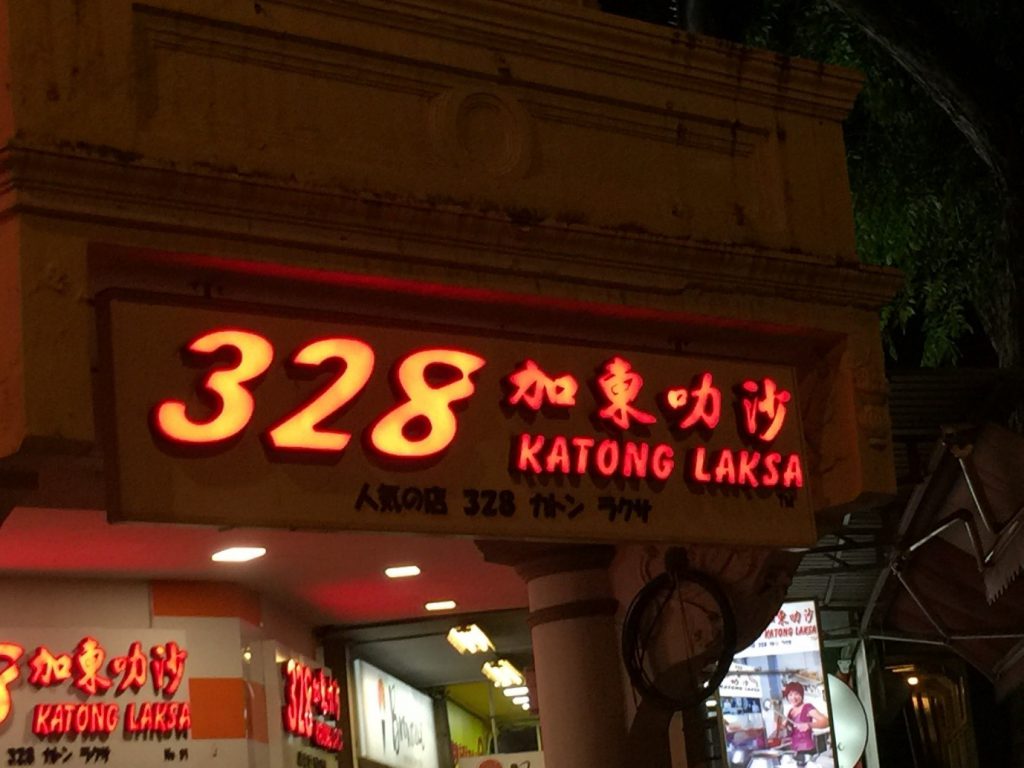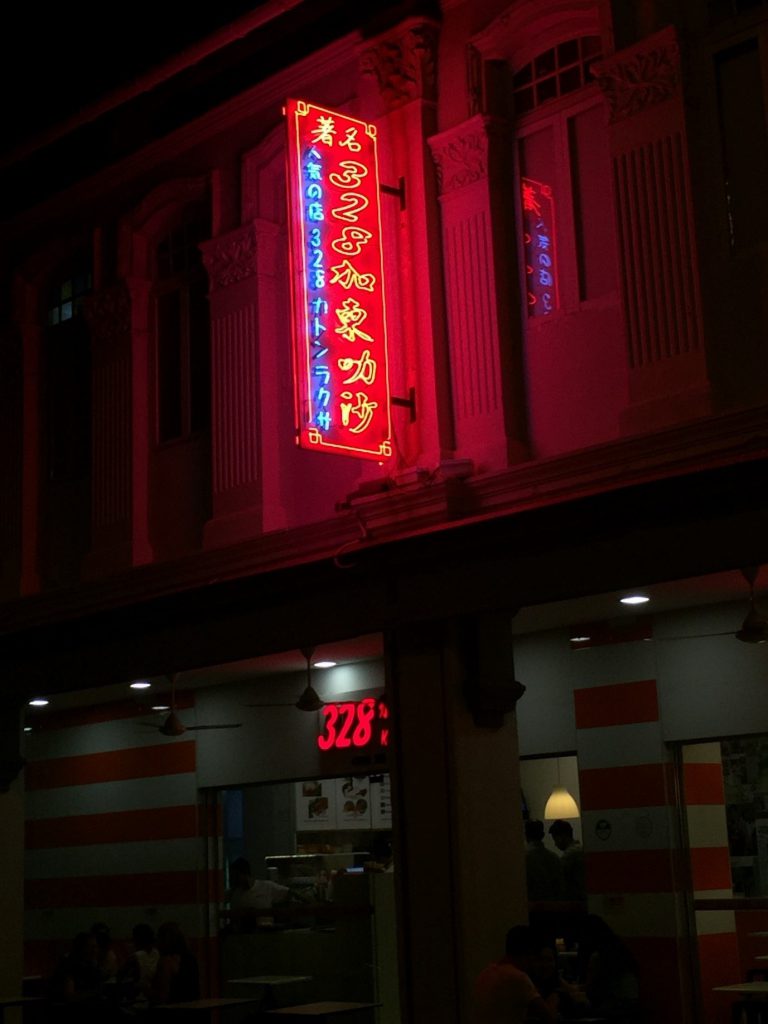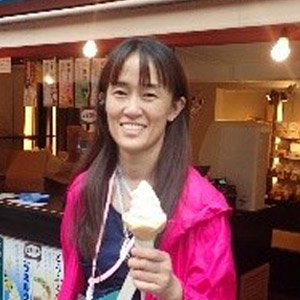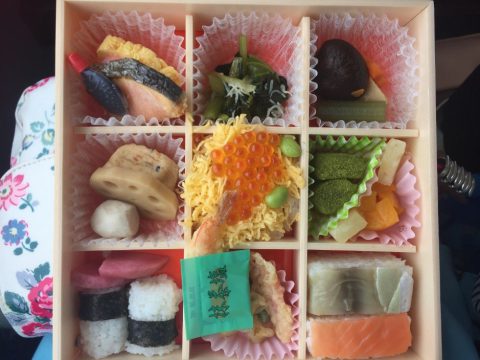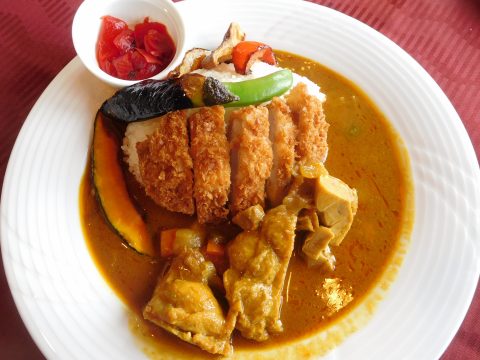Laksa
JAPANESE FOODS
13.09.2017
As Singapore is a multi-ethnic small country with limited natural resources and lack of places of interest, we Singaporeans just love to eat. We have the “eat out” culture.
The local delicacies include Chinese, Malay, Indians, Eurasians and Peranakans cuisines. One can also find many other countries’ cuisines in Singapore too. We have hawker centres and coffee shops which are non-air-conditioned food courts, air-conditioned food courts, cafes and restaurants. In any shopping centres, one can find half of the shops are food related. Within a 10-min walk, we would be within the radius of Food.
Let me introduce to you a humble one-star Michelin dish, the Laksa. The most famous Laksa in Singapore is called the Katong Laksa which is created by Peranakan Chinese who lives in Katong. Peranakan Chinese or Straits-born Chinese are descendants of the early Chinese migrants who settled in Singapore, Malaysia and Indonesia inter-marrying local Malays. Peranakan cuisine is a blend of Chinese ingredients with the various spices found and cooking techniques used in this part of South-east Asia. It is usually a combination of tanginess, aromatic, spicy and herbal.
The ingredients of the Laksa includes thick rice noodles which is boiled for a few minutes and bean sprouts served in rich coconut milk, reddish ‘rempah’ (dried shrimp paste), topped with cockles, prawns and fishcakes and laksa leaves. The noodles are cut very short and can be eaten with just a spoon.
The ‘rempah’ is made of shallot, dried chillies, roasted dried shrimp paste, galangal, turmeric, garlic, star anise, coriander seeds, candlenuts which are traditionally pounded using mortar pastels until the paste becomes very smooth. In modern way, a blender is being used. After the ingredients are pounded or blended, it is then sauté on a wok and stirred until the paste thickens, the red colour of the chillies darkens and the oil floats to the top of the pan. Then you add this concoction to the thick coconut milk rich Laksa broth for the nice reddish colour and simmers for hours.
The next time you visit, Singapore, do look out for this dish. It is highly recommended. 😉
